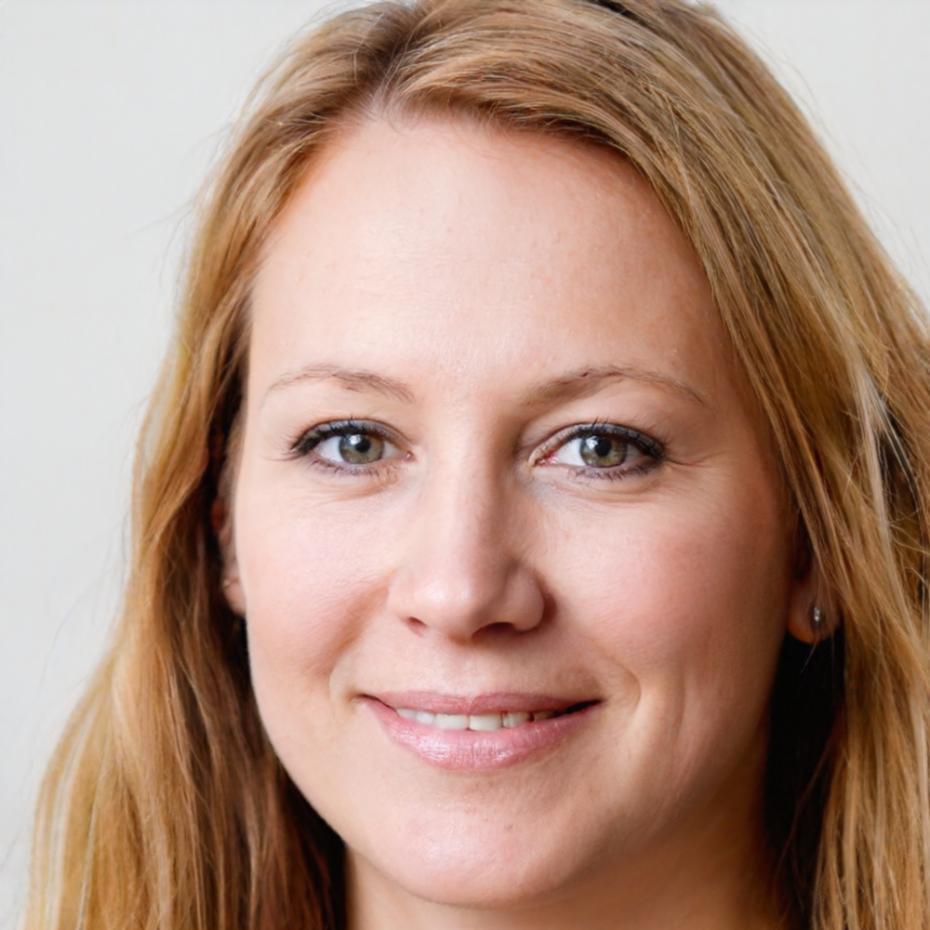Student Projects That Tell Real Stories
Our students work on actual financial analysis challenges throughout their learning journey. These aren't just practice exercises—they're meaningful projects that build genuine analytical skills and create portfolio pieces that matter when talking to potential employers.
Explore Learning ProgramsRecent Student Work From 2025
Every project starts with a real question. Students pick topics that interest them—sometimes it's personal finance planning, other times it's market trend analysis. The point isn't perfection. It's about working through messy data and finding patterns that actually mean something.

Cash Flow Forecasting Model
Petra built a forecasting tool for small retail businesses after talking to her family's shop owner friends. She wanted to help them see when cash might get tight during slow months. The model isn't fancy, but it works.

Investment Risk Calculator
Marcus got tired of not understanding his own investment accounts. So he created a simple risk assessment tool that explains different portfolio scenarios in plain language. His mentor helped him test it with actual market data from the past five years.
How Project Mentorship Actually Works
Students don't figure everything out alone. Each project has a mentor—someone who's worked in financial analysis and knows where beginners usually get stuck. Weekly check-ins help, but honestly, the casual questions matter more.
- Initial project scope discussion to make sure your idea is manageable
- Weekly progress reviews where you show what's working and what isn't
- Technical guidance when you hit data problems or calculation errors
- Portfolio presentation coaching before you share your work publicly
- Industry context so you understand why certain approaches matter

Damien Foster
Spent twelve years doing corporate financial planning. Now helps students understand why some analysis methods work better than others for specific business questions.

Rhea Blackwell
Former bank analyst who switched to education after realizing how many students need practical guidance. She focuses on making complex financial concepts actually make sense.
Project Development Timeline
Most students complete their main project over about two months. But the timeline flexes depending on your schedule and the project scope. Some finish earlier. Others take a bit longer because life happens.
Topic Selection
Pick something that genuinely interests you. Students work better when they care about the question they're trying to answer. Your mentor will help narrow the scope so it fits within the course timeframe.
Data Collection Phase
Finding good data takes longer than most people expect. Sometimes you'll use public datasets. Other times you might need to create sample data based on realistic scenarios. This phase usually takes about two weeks.
Analysis & Model Building
This is where you actually build the thing—whether that's a forecasting model, risk calculator, or trend analysis dashboard. Expect to hit technical snags. Everyone does. That's why the mentors exist.
Documentation & Presentation
Your project needs clear documentation explaining what you built and why certain choices made sense. You'll also prepare a short presentation for peer review. This helps you practice explaining technical work to different audiences.